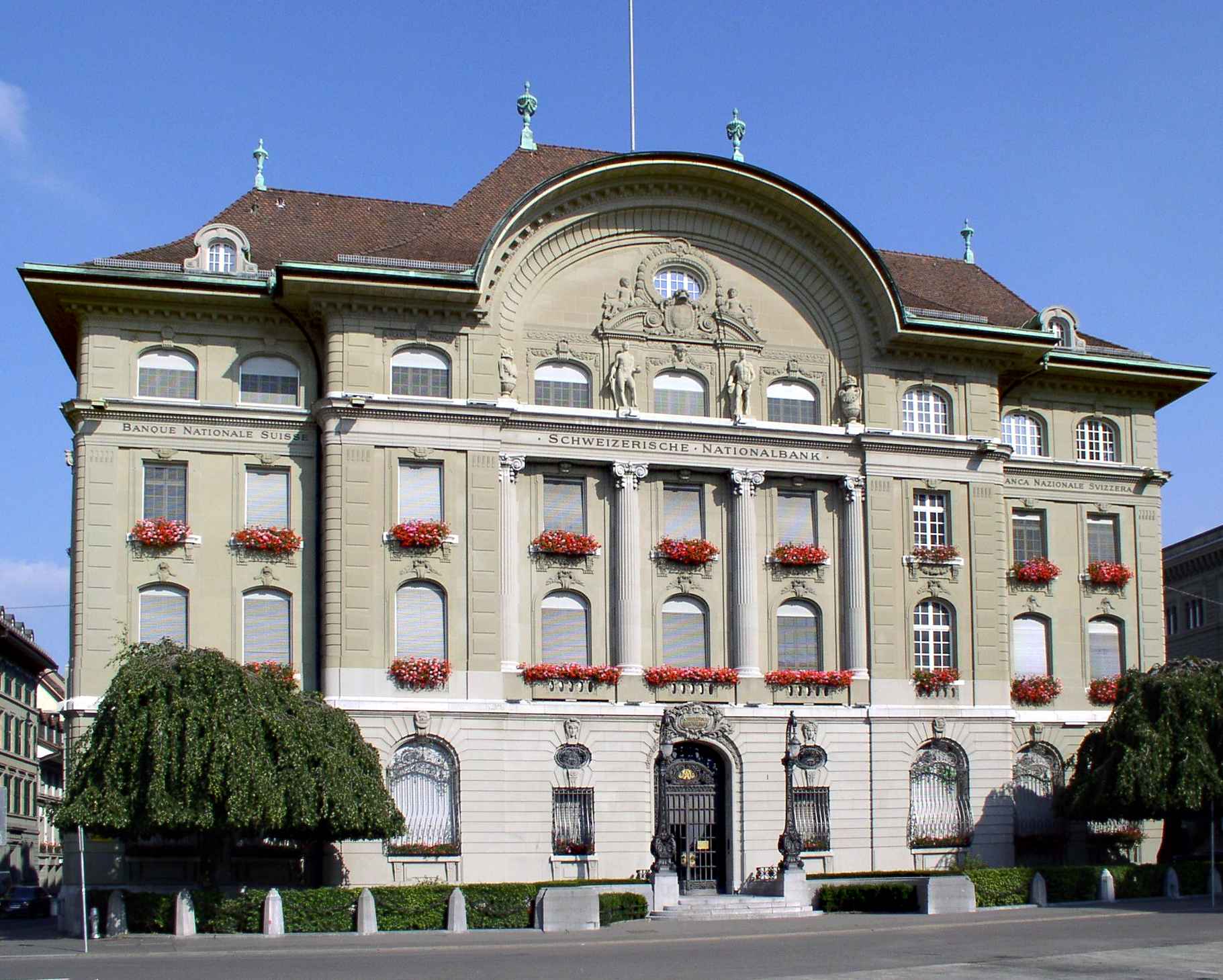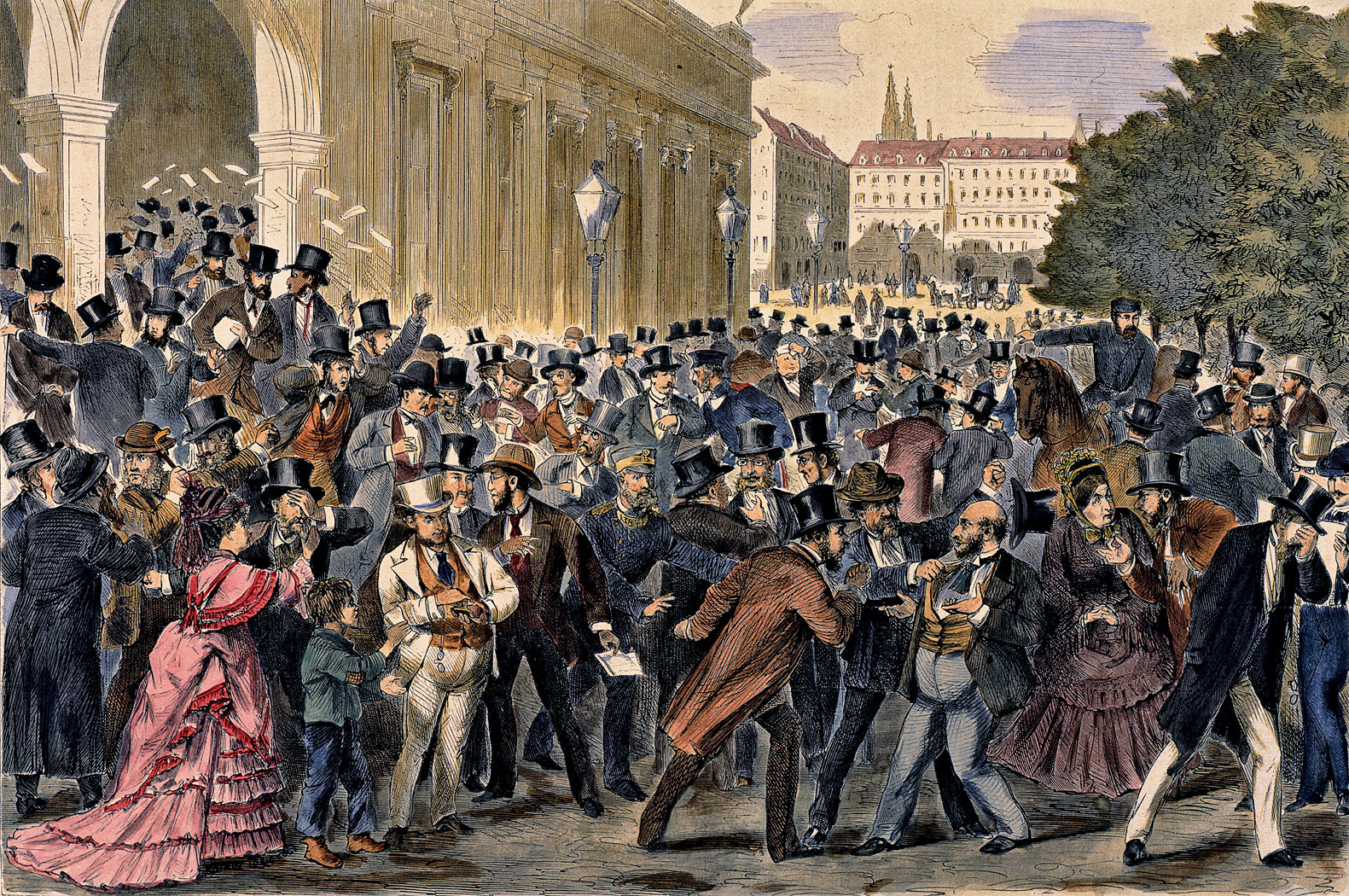|
Gold Franc
The gold franc (currency code: XFO) was the unit of account for the Bank for International Settlements from 1930 until April 1, 2003. It was replaced with the special drawing right. It was originally based on the Franc Germinal, and remained at the value the franc was pegged (0.290322 g fine gold) after the countries of the Latin Monetary Union came off the gold standard. Use in New Hebrides The gold franc was used in the Anglo-French Condominium of the New Hebrides (now Vanuatu) as the currency in which the joint administration's postal service denominated its stamps, a natural choice as the Universal Postal Union Treaty (beginning in 1874 when the first treaty was agreed and reaffirmed at subsequent Congresses until at least that of 1939—see the various "Actes du Congress...") denominated the agreed international postal rates in gold franc and gold centime leaving each member country and its dependencies to translate the amounts into their own currencies. This added to t ... [...More Info...] [...Related Items...] OR: [Wikipedia] [Google] [Baidu] |
Bank For International Settlements
The Bank for International Settlements (BIS) is an international financial institution owned by central banks that "fosters international monetary and financial cooperation and serves as a bank for central banks". The BIS carries out its work through its meetings, programmes and through the Basel Process – hosting international groups pursuing global financial stability and facilitating their interaction. It also provides banking services, but only to central banks and other international organizations. It is based in Basel, Switzerland, with representative offices in Hong Kong and Mexico City. History The BIS was established in 1930 by an intergovernmental agreement between Germany, Belgium, France, the United Kingdom, Italy, Japan, the United States, and Switzerland. It opened its doors in Basel, Switzerland, on 17 May 1930. The BIS was originally intended to facilitate reparations imposed on Germany by the Treaty of Versailles after World War I, and to act as the tr ... [...More Info...] [...Related Items...] OR: [Wikipedia] [Google] [Baidu] |
National Council Of Switzerland
The National Council (german: Nationalrat; french: Conseil national; it, Consiglio nazionale; rm, Cussegl naziunal) is the lower house of the Federal Assembly of Switzerland, the upper house being the Council of States. With 200 seats, the National Council is the larger of the two houses. Adult citizens elect the council's members, who are called National Councillors, for four year terms. These members are apportioned to the Swiss cantons in proportion to their population. Both houses meet in the Federal Palace of Switzerland in Bern. Organisation With 200 members, the National Council is the larger house of the Swiss legislature. When the Swiss federation was founded in 1848, the number of seats was not yet fixed, and was thus determined by the population of the individual cantons. According to the provisions of the federal constitution at that time, a canton was to receive one National Council member for every 20,000 citizens. Thus, the first National Council, which ... [...More Info...] [...Related Items...] OR: [Wikipedia] [Google] [Baidu] |
Banking In Switzerland
Banking in Switzerland dates to the early eighteenth century through Switzerland's merchant trade and has, over the centuries, grown into a complex, regulated, and international industry. Banking is seen as emblematic of Switzerland, along with the Swiss Alps, Swiss chocolate, watchmaking and mountaineering. Switzerland has a long, kindred history of banking secrecy and client confidentiality reaching back to the early 1700s. Starting as a way to protect wealthy European banking interests, Swiss banking secrecy was codified in 1934 with the passage of the landmark federal law, the Federal Act on Banks and Savings Banks. These laws, which were used to protect assets of persons being persecuted by Nazi authorities, have also been used by people and institutions seeking to illegally evade taxes, hide assets, or generally commit financial crime. Controversial protection of foreign accounts and assets during World War II sparked a series of proposed financial regulations see ... [...More Info...] [...Related Items...] OR: [Wikipedia] [Google] [Baidu] |
Swiss National Bank
The Swiss National Bank (SNB; german: Schweizerische Nationalbank; french: Banque nationale suisse; it, Banca nazionale svizzera; rm, Banca naziunala svizra) is the central bank of Switzerland, responsible for the nation's monetary policy and the sole issuer of Swiss franc banknotes. The primary goal of its mandate is to ensure price stability, while taking economic developments into consideration. The SNB is an ''Aktiengesellschaft'' under special regulations and has two head offices, one in Bern and the other in Zurich. History The bank formed as a result of the need for a reduction in the number of commercial banks issuing banknotes, which numbered 53 sometime after 1826. In the 1874 revision of the Federal Constitution it was given the task to oversee laws concerning the issuing of banknotes. In 1891, the Federal Constitution was revised again to entrust the Confederation with sole rights to issue banknotes. The Swiss National Bank was founded under the law of 6 Oc ... [...More Info...] [...Related Items...] OR: [Wikipedia] [Google] [Baidu] |
Financial Crisis
A financial crisis is any of a broad variety of situations in which some financial assets suddenly lose a large part of their nominal value. In the 19th and early 20th centuries, many financial crises were associated with banking panics, and many recessions coincided with these panics. Other situations that are often called financial crises include stock market crashes and the bursting of other financial bubbles, currency crises, and sovereign defaults. Financial crises directly result in a loss of paper wealth but do not necessarily result in significant changes in the real economy (e.g. the crisis resulting from the famous tulip mania bubble in the 17th century). Many economists have offered theories about how financial crises develop and how they could be prevented. There is no consensus, however, and financial crises continue to occur from time to time. Types Banking crisis When a bank suffers a sudden rush of withdrawals by depositors, this is called a ''bank run''. S ... [...More Info...] [...Related Items...] OR: [Wikipedia] [Google] [Baidu] |
Hard Currency
In macroeconomics, hard currency, safe-haven currency, or strong currency is any globally traded currency that serves as a reliable and stable store of value. Factors contributing to a currency's ''hard'' status might include the stability and reliability of the respective state's legal and bureaucratic institutions, level of corruption, long-term stability of its purchasing power, the associated country's political and fiscal condition and outlook, and the policy posture of the issuing central bank. Safe haven currency is defined as a currency which behaves like a hedge for a reference portfolio of risky assets conditional on movements in global risk aversion. Conversely, a weak or soft currency is one which is expected to fluctuate erratically or depreciate against other currencies. Softness is typically the result of weak legal institutions and/or political or fiscal instability. History The paper currencies of some developed countries have earned recognition as har ... [...More Info...] [...Related Items...] OR: [Wikipedia] [Google] [Baidu] |
Floating Exchange Rate
In macroeconomics and economic policy, a floating exchange rate (also known as a fluctuating or flexible exchange rate) is a type of exchange rate regime in which a currency's value is allowed to fluctuate in response to foreign exchange market events. A currency that uses a floating exchange rate is known as a ''floating currency'', in contrast to a ''fixed currency'', the value of which is instead specified in terms of material goods, another currency, or a set of currencies (the idea of the last being to reduce currency fluctuations). In the modern world, most of the world's currencies are floating, and include the most widely traded currencies: the United States dollar, the euro, the Swiss franc, the Indian rupee, the pound sterling, the Japanese yen, and the Australian dollar. However, even with floating currencies, central banks often participate in markets to attempt to influence the value of floating exchange rates. The Canadian dollar most closely resembles a ... [...More Info...] [...Related Items...] OR: [Wikipedia] [Google] [Baidu] |
Gold
Gold is a chemical element with the symbol Au (from la, aurum) and atomic number 79. This makes it one of the higher atomic number elements that occur naturally. It is a bright, slightly orange-yellow, dense, soft, malleable, and ductile metal in a pure form. Chemically, gold is a transition metal and a group 11 element. It is one of the least reactive chemical elements and is solid under standard conditions. Gold often occurs in free elemental (native state), as nuggets or grains, in rocks, veins, and alluvial deposits. It occurs in a solid solution series with the native element silver (as electrum), naturally alloyed with other metals like copper and palladium, and mineral inclusions such as within pyrite. Less commonly, it occurs in minerals as gold compounds, often with tellurium ( gold tellurides). Gold is resistant to most acids, though it does dissolve in aqua regia (a mixture of nitric acid and hydrochloric acid), forming a soluble tetrachloroau ... [...More Info...] [...Related Items...] OR: [Wikipedia] [Google] [Baidu] |
Gram
The gram (originally gramme; SI unit symbol g) is a unit of mass in the International System of Units (SI) equal to one one thousandth of a kilogram. Originally defined as of 1795 as "the absolute weight of a volume of pure water equal to the cube of the hundredth part of a metre melting ice", the defining temperature (~0 °C) was later changed to 4 °C, the temperature of maximum density of water. However, by the late 19th century, there was an effort to make the Base unit (measurement), base unit the kilogram and the gram a derived unit. In 1960, the new International System of Units defined a ''gram'' as one one-thousandth of a kilogram (i.e., one gram is Scientific notation, 1×10−3 kg). The kilogram, as of 2019, is defined by the International Bureau of Weights and Measures from the fixed numerical value of the Planck constant (), which is kg⋅m2⋅s−1. Official SI symbol The only unit symbol for gram that is recognised by the International S ... [...More Info...] [...Related Items...] OR: [Wikipedia] [Google] [Baidu] |
Switzerland
; rm, citad federala, links=no). Swiss law does not designate a ''capital'' as such, but the federal parliament and government are installed in Bern, while other federal institutions, such as the federal courts, are in other cities (Bellinzona, Lausanne, Lucerne, Neuchâtel, St. Gallen a.o.). , coordinates = , largest_city = Zurich , official_languages = , englishmotto = "One for all, all for one" , religion_year = 2022 , religion_ref = , religion = , demonym = , german: link=no, Schweizer/Schweizerin, french: link=no, Suisse/Suissesse, it, svizzero/svizzera or , rm, Svizzer/Svizra , government_type = Federal assembly-independent directorial republic , leader_title1 = Federal Council , leader_name1 = , leader_title2 = , leader_name2 = Viktor Rossi , legislature = Federal Assembly , upper_house = Counci ... [...More Info...] [...Related Items...] OR: [Wikipedia] [Google] [Baidu] |
Initiative
In political science, an initiative (also known as a popular initiative or citizens' initiative) is a means by which a petition signed by a certain number of registered voters can force a government to choose either to enact a law or hold a public vote in the legislature in what is called indirect initiative, or under direct initiative, where the proposition is put to a plebiscite or referendum, in what is called a ''Popular initiated Referendum'' or citizen-initiated referendum. In an indirect initiative, a measure is first referred to the legislature, and then put to a popular vote only if not enacted by the legislature. If the proposed law is rejected by the legislature, the government may be forced to put the proposition to a referendum. The initiative may then take the form of a direct initiative or an indirect initiative. In a direct initiative, a measure is put directly to a referendum. The vote may be on a proposed federal level, statute, constitutional amendment, ch ... [...More Info...] [...Related Items...] OR: [Wikipedia] [Google] [Baidu] |
Gold As An Investment
Of all the precious metals, gold is the most popular as an investment. Investors generally buy gold as a way of diversifying risk, especially through the use of futures contracts and derivatives. The gold market is subject to speculation and volatility as are other markets. Compared to other precious metals used for investment, gold has been the most effective safe haven across a number of countries. Gold price Gold has been used throughout history as money and has been a relative standard for currency equivalents specific to economic regions or countries, until recent times. Many European countries implemented gold standards in the latter part of the 19th century until these were temporarily suspended in the financial crises involving World War I. After World War II, the Bretton Woods system pegged the United States dollar to gold at a rate of US$35 per troy ounce. The system existed until the 1971 Nixon Shock, when the US unilaterally suspended the direct conver ... [...More Info...] [...Related Items...] OR: [Wikipedia] [Google] [Baidu] |






.jpg)
